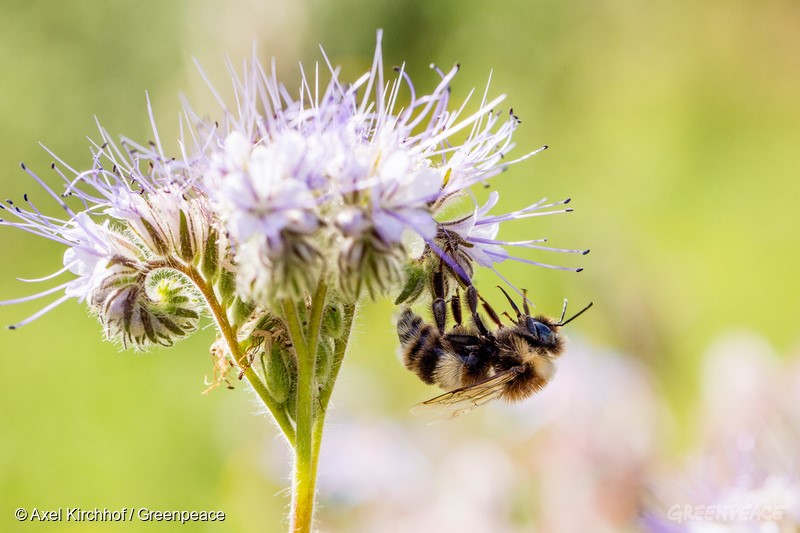Will the use of neonicotinoids in greenhouses continue to present a risk for bees and other organisms?
The European Commission has proposed a ban on three neonicotinoids – imidacloprid,
clothianidin and thiamethoxam (referred to as neonicotinoids hereafter) – on all crops with the exception of crops grown in permanent greenhouses, “where the crop stays its entire life cycle within the greenhouse and is thus not replanted outside”.
According to the European Food Safety Authority (EFSA), the definition of ‘uses in permanent greenhouses’ is as follows: crops/plants grown in a permanent walk-in, static, closed place for crop production with a non-permeable translucent outer shell.
EFSA concluded that foliar uses of these three neonicotinoid substances in greenhouses constituted a “low risk to honeybees, bumble bees and solitary bees” for all exposure routes with the exception of exposure of honeybees from residues in surface water which EFSA could not assess, due to a lack of information. EFSA considered that no risk assessment was required for uses as seed treatment and granules in greenhouses.
The aim of this review is to bring together literature on the uses of neonicotinoids in greenhouses throughout the European Union and assess current knowledge on the potential exposure of bees and other organisms. There is already an existing body of literature that describes the impacts of exposure to neonicotinoids for bees, honeybees and many other organisms. The purpose of this report is to focus specifically on the use of neonicotinoids in greenhouses and is not intended to replicate, or review, literature on specific evidence on impacts of exposure.

